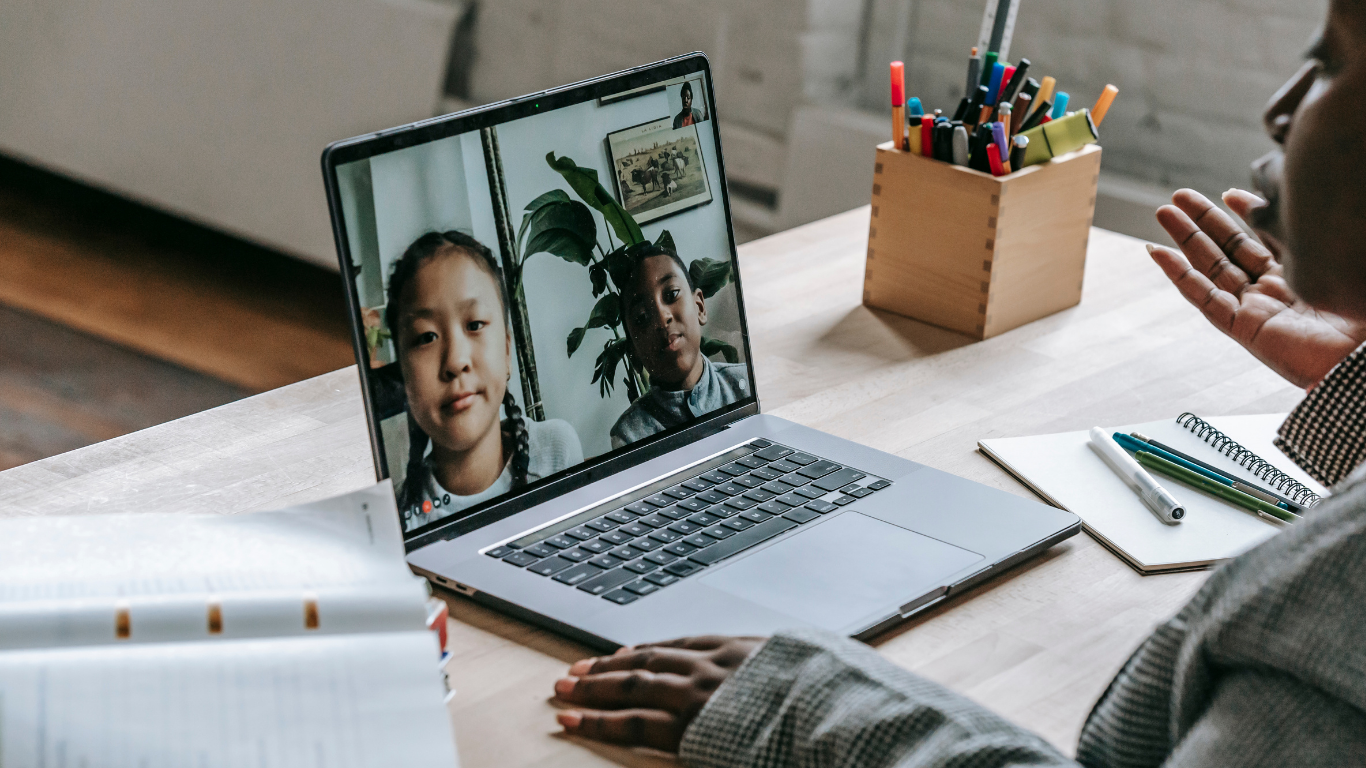Nothing beats face-to-face teaching. But due to living and working remotely on and off with Covid in our midst, we’re starting to see a systemic shift in learning using technology. Providers and facilitators of education are embracing this change. Not to mention the students.
The reality is that when we needed it, technology worked for us. As long as students had access to a device and a connection, education continued as uninterrupted as was possible. Teaching was undertaken via Zoom and distributing materials and collecting assignments via online portals.
“We were delighted that in terms of purely covering the courses and helping people to achieve the grades that they needed, I don’t think we lost an iota [through the pandemic],” says Keith Metcalfe, headmaster at Malvern College. While grading had to change (a subject of much debate) attainment levels on the whole were retained.
The outcome of how learning evolved over recent times will mean a new hybrid approach. A blended learning model of technology and in-person will ultimately become the norm. With AI, new devices and tools the roles and relationships of students, teachers and parents will be transformed. There will be many benefits using technology in conjunction with the traditional in-person approach.
Students will be empowered as they can learn at their own pace as well as collaboratively, teachers can monitor their students progress in real-time and parents can feel more connected. Flexibility and personalisation is key. As is the ability to measure students’ performance in real-time.
Investment will be needed and teachers, students and parents will have to adapt as the hybrid changes get filtered in.
How about educational technology in developing countries?
That all sounds very positive – but how about poorer countries during the pandemic and going forward? As ever, there are two sides to every coin. The need for investment and implementation of educational technology in developing countries has never been greater. When schools around the world moved online due to Covid, these were the children that suffered the most. It’s since become clear that these children had fallen even further behind their peers than was previously the case. Also, gender parity in education has since worsened with an estimated ten million more girls more at risk of early marriage and an end to their education.
According to World Bank estimates “pandemic-related school closures could drive up “learning poverty” – the share of 10-year-olds who cannot read a basic text – to around 70% in low- and middle-income countries.”
There have been success stories too however. Over the past 10 years, the Uruguayan authorities have invested in infrastructure, digital content, and teacher capacity, which left the country better prepared to shift to online when needed. Likewise, the Indian state of Gujarat, responded quickly as they’d already set up state-of-the-art digital-support centers for schools before the pandemic. And in Kenya, all children, including those with disabilities, had been able to access specially designed and inclusive digital textbooks. The Edo state government in Nigeria, during the pandemic, developed a digital approach for students at primary school level and now have plans to expand to junior and secondary school level. The idea being to extend independent learning at home once back from school using gamification for them to develop their love for STEM subjects. There is also a hybrid learning system implementation underway in the Edo state since schools re-opened.
The United Nations Children’s Fund (UNICEF) and the World Bank Group are working together to ensure that all education systems use technology effectively to close gaps and help reverse learning losses. Funding must take into account countries’ electricity infrastructure, internet connectivity, digitally enabled devices for the most disadvantaged students, and data-management and implementation capacity.
By investing in learning recovery and using technology wisely, it’s possible that we could use the pandemic experience as a catalyst to improve education for all children. Now that would be an example of technology working for us all globally.

